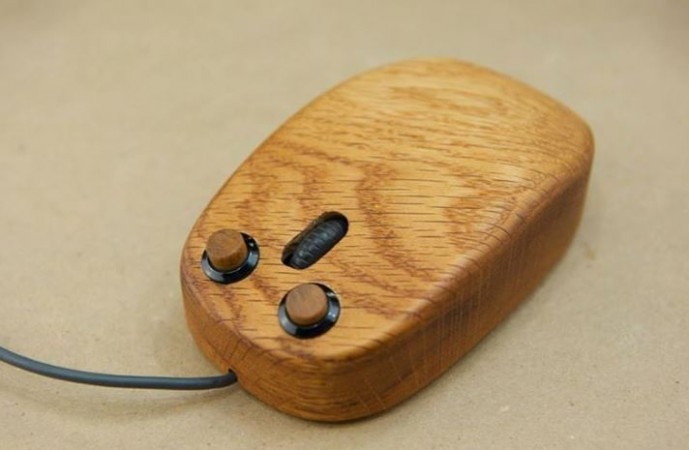
Introduction
The history of computing has witnessed numerous groundbreaking inventions that have revolutionized the way we interact with technology. One such invention is the computer mouse, a device that has become an integral part of our daily lives. Surprisingly, the first computer mouse, contrary to its modern counterparts, was crafted out of wood. In this article, we delve into the intriguing origins of the first computer mouse, its significance in the realm of human-computer interaction, and the evolution of this indispensable input device.
1. The Predecessors of the Computer Mouse
Before delving into the creation of the first computer mouse, it's important to understand the context in which it was developed. In the early days of computing, interactions with computers were predominantly text-based, requiring complex commands and keyboard inputs. However, with the advent of graphical user interfaces (GUIs), the need for a more intuitive input device arose.
2. Douglas Engelbart: The Visionary Behind the Mouse
Douglas Engelbart, a brilliant engineer and visionary, recognized the limitations of existing input methods and envisioned a more efficient way to interact with computers. His groundbreaking ideas and relentless pursuit of innovation laid the foundation for the creation of the first computer mouse.
3. The Birth of the Wooden Mouse
In 1964, while working at the Stanford Research Institute (SRI), Douglas Engelbart and his team developed the first prototype of the computer mouse. This early iteration, known as the "X-Y Position Indicator for a Display System," was a humble wooden device with a single red button.
4. How the Wooden Mouse Worked
The wooden mouse relied on a set of mechanical components to facilitate its movement and tracking on a flat surface. Two perpendicular wheels, known as "encoder wheels," translated the mouse's physical movement into electrical signals, which were then processed by the connected computer.
5. The Evolution of the Computer Mouse
Following the creation of the wooden mouse, subsequent iterations saw significant improvements in design, functionality, and materials. The introduction of the mouse's distinctive shape and the addition of additional buttons paved the way for more sophisticated interactions with computers.
6. Popularization and Mainstream Adoption
The widespread adoption of the computer mouse can be attributed to the Xerox Alto, a pioneering computer system that featured a graphical user interface. This influential machine, along with subsequent developments by companies like Apple and Microsoft, propelled the mouse into the mainstream.
7. Impact on Human-Computer Interaction
The advent of the computer mouse revolutionized human-computer interaction. It provided a more natural and intuitive means of navigating graphical interfaces, fostering creativity, productivity, and ease of use. The mouse became a ubiquitous tool, empowering users to interact with computers in ways previously unimaginable.
8. Technological Advancements and Innovations
Over the years, technological advancements have led to the development of various types of computer mice, including optical, wireless, and ergonomic designs. These innovations have enhanced user experience, precision, and comfort, catering to the diverse needs of different users.
9. Beyond Computers: The Mouse in Everyday Life
The influence of the computer mouse extends beyond the realm of computing. Its design and principles have found applications in a wide range of devices, such as gaming consoles, smartphones, and even medical equipment, where precise and intuitive input is crucial.
10. The Future of the Computer Mouse
As technology continues to evolve, the future of the computer mouse remains an intriguing subject. While touchscreens and gesture-based interactions gain prominence, the mouse still holds its ground as a reliable and efficient input device. With advancements in virtual reality, augmented reality, and haptic feedback, the mouse is likely to undergo further transformations to adapt to the changing landscape of computing.
Conclusion
The first computer mouse, crafted from wood, paved the way for a technological revolution. From its humble beginnings at the Stanford Research Institute, the mouse has evolved into an indispensable tool for navigating the digital world. Its influence on human-computer interaction and the subsequent advancements in design and functionality have shaped the way we interact with technology. As we look to the future, it is certain that the legacy of the wooden mouse will continue to inspire innovations in input devices.
Building and Nurturing a Healthy Relationship: Essential Tips for Lasting Happiness
The Cuban Missile Crisis: A Historical Standoff Between the United States and Soviet Union
The Brexit Referendum: A Historic Decision that Shaped the United Kingdom